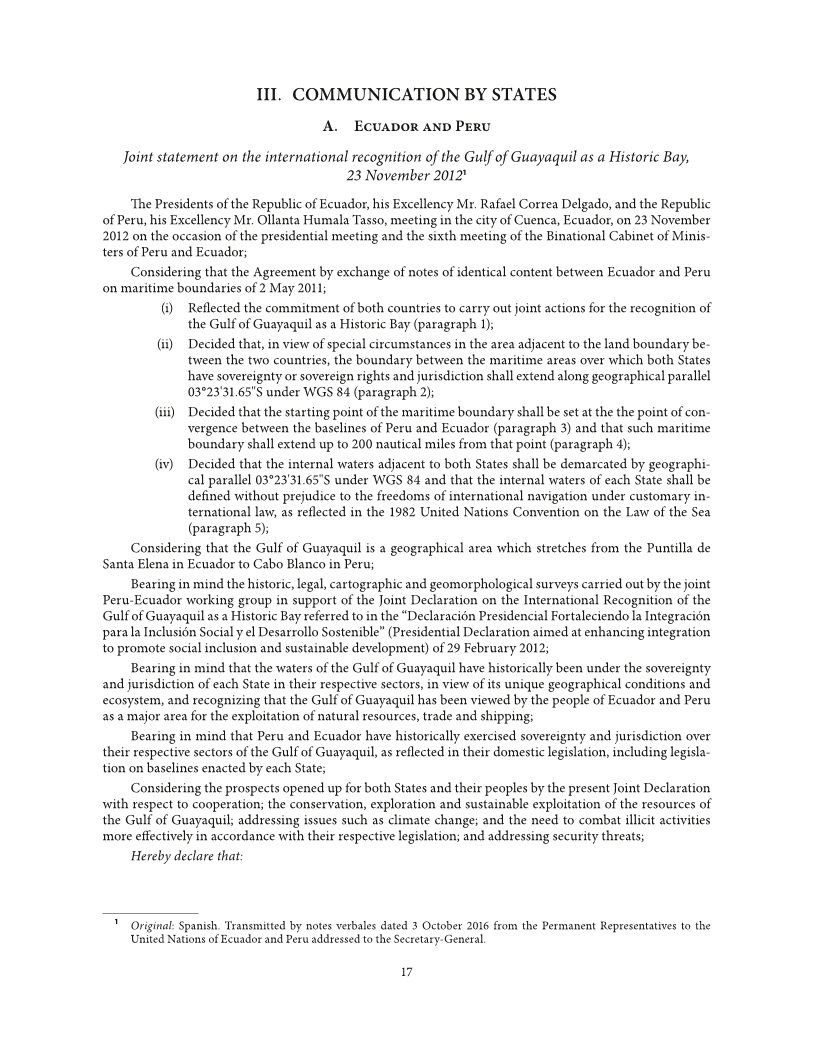
Higher order harmonics are also observed. Where T is the longest natural period, L is the length, h the average depth of the body of water, and g the acceleration of gravity. For a surface seiche in an enclosed rectangular body of water this can be estimated using Merian's formula: T = 2 L g h The longest natural period of a seiche is the period associated with the fundamental resonance for the body of water-corresponding to the longest standing wave. The frequency of the oscillation is determined by the size of the basin, its depth and contours, and the water temperature. Repeated reflections produce standing waves with one or more nodes, or points, that experience no vertical motion. The impulse is reflected back from the end of the basin, generating interference. Vertical harmonic motion results, producing an impulse that travels the length of the basin at a velocity that depends on the depth of the water. Gravity always seeks to restore the horizontal surface of a body of liquid water, as this represents the configuration in which the water is in hydrostatic equilibrium.

The effect is caused by resonances in a body of water that has been disturbed by one or more factors, most often meteorological effects (wind and atmospheric pressure variations), seismic activity, or tsunamis. Seiches are often imperceptible to the naked eye, and observers in boats on the surface may not notice that a seiche is occurring due to the extremely long periods. Seiches in harbours can be caused by long period or infragravity waves, which are due to subharmonic nonlinear wave interaction with the wind waves, having periods longer than the accompanying wind-generated waves. The French word sec or sèche (dry) descends from the Latin.

According to Wilson (1972), this Swiss French dialect word comes from the Latin word siccus meaning "dry", i.e. The word had apparently long been used in the region to describe oscillations in alpine lakes. The term was promoted by the Swiss hydrologist François-Alphonse Forel in 1890, who was the first to make scientific observations of the effect in Lake Geneva. The key requirement for formation of a seiche is that the body of water be at least partially bounded, allowing the formation of the standing wave. Seiches and seiche-related phenomena have been observed on lakes, reservoirs, swimming pools, bays, harbours and seas. Standing wave in an enclosed or partially enclosed body of waterĪ seiche ( / ˈ s eɪ ʃ/ SAYSH) is a standing wave in an enclosed or partially enclosed body of water.


 0 kommentar(er)
0 kommentar(er)
